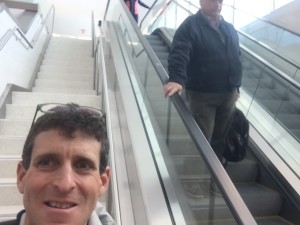 Diseases caused by poor eating habits destroy lives and cost the nation trillions in health care. Our current Dietary Guidelines and food policies clearly aren’t working. Just this week the CDC announced obesity is on the rise despite the fact that more adults are exercising. Huh? We though that more exercise would reverse this problem which if left unchecked is on a short trajectory to bankrupt the country. 80% of our health care dollars are spent on chronic diseases whose causes are mostly preventable and in many cases completely reversible if early and correct action taken.
Diseases caused by poor eating habits destroy lives and cost the nation trillions in health care. Our current Dietary Guidelines and food policies clearly aren’t working. Just this week the CDC announced obesity is on the rise despite the fact that more adults are exercising. Huh? We though that more exercise would reverse this problem which if left unchecked is on a short trajectory to bankrupt the country. 80% of our health care dollars are spent on chronic diseases whose causes are mostly preventable and in many cases completely reversible if early and correct action taken.
The costs are staggering and unsustainable. Care for a Type 2 Diabetes patient typically costs $15,000-$20,000 a year and rising. And this is just the direct cost for diabetes, and does not include the heart disease, strokes, cancers, infections, and dementia fueled by the diabetes. In 1960 the average citizen spent twice on food versus health care, translate that to the average current US citizen spending close to four times on healthcare than food with worse metabolic outcomes. Today in America we spend on average $8500 for health care per citizen and $2200 on food and our health outcomes show up about 35th on the world scale. In contrast Japan spends about $3000 on each and is in top 3.
Lets look at obesity and diabetes rates from recent CDC data (links below graphs). Current policy is clearly not working yet we continue to work around the edges and not go after the 800 pound gorilla- sugar and processed junk carbage.
Our current for profit health care model allows government funds and your tax dollars to support a wildly profitable health care, pharmaceutical, and insurance industry where the CEOs and CFOs make 10s of millions. The Big Food industry also stands to gain from our policies which still allow SNAP (Supplemental Nutrition Assistance Program – formerly food stamps) customers to use federal funds on what almost anyone would agree to be “junk food”- soda, sweet drinks, sweetened cereals, packages pastries, potato chips, and other things not recognizable as food by your Grandmother. These industries are not out for public good. For example Big Soda is losing sales in the US so like Big Tobacco, where do you think their business focus is now? Probably no surprise it is the developing world and impoverished countries. (think about this next time you drop your money on any soft drink product).
Here is a quick commentary about a pending new SNAP policy requiring SNAP vendor stores to serve more variety from all categories –fruits and veggies, breads and cereals, dairy, meats, poultry and fish. Be aware that junk food is abundant in all of these categories. You can get low fat yogurt with 30 grams of sugar per 8 ounces, breakfast candy (cereal), breaded processed meat, chicken nuggets, juices, and cupcakes.
Now food for thought. I am writing now on a plane and just walked through the airport. I did a quick observation of who took the stairs and who took the escalator. I think in the 20 minutes before departure I was one of 3 who took stairs and 100s took escalator. (I have a personal rule to never take escalator in airport- more on why later). So you may think: “well people are lazy and if we built more stairs they would all take the stairs”. Clearly this would not be the case if the escalator was still there.
Now imagine you or a SNAP customer is at the local grocer and the grocer is required to increase the variety of fruits and veggies and at the same time have ample variety of less healthy but to junk food addicted more tasty, satisfying, and non-perishable choices. These are the cereals, pastries, and other blissful packaged Frankenfood products. If the healthy vs immediately satisfying are lined up in tandem what choice does the majority make? If in doubt just watch the experiment in action at the Big Grocer. So if the government now requires the grocer to have more choices in the fresh and healthy under the assumption that the customer will choose those because they are there will it happen? The reality is and always will be that the customer will most often choose the product for immediate pleasure, habit, cheap cost, and comfort.
Think about all the chairs and benches you see in offices, airports, gathering places, and conferences. We know that prolonged sitting is not good for our bodies yet when given a choice almost all, even the athletic types, choose to sit. We all make choices daily for short term comfort knowing that long term trade-offs are not in our favor. Why do we make conscious choices that negatively impact our long term health? We need to think about this when dissecting the logic of SNAP and Health Care policy.
As humans have we evolved to make every decision for the side of long term health, or is there a part of our brain that seeks out immediate comfort and possibly survival? Which instinct drives our species? My friend and colleague Dr. Daniel Lieberman, author of the book “The Story of the Human Body”, makes the case that our daily choices are mostly driven by a desire for comfort, energy conservation, and energy storage. These choices together create a variety of what he terms “mismatch disease”- conditions in the human state driven by a world which we as a human species are not designed to live in. As we evolved we did not have free access to cheap and processed food nor the abundance of modern energy saving devises which are quickly turning us into the reality of Wall-E world where we live in a state of morbid obesity with devices assisting every aspect of our lives.
So back to why I take the stairs at the airport and how this relates to SNAP policy. Being constantly reminded every day in a life of treating patients suffering from preventable mismatch diseases (diabetes, heart disease, obesity, back pain, strokes, many cancers to name a few) I make the conscious choice to take the stairs and also use the stand-up table . Most however naturally default to comfort and this is normal- energy conservation and comfort when you could seek it out was a prerequisite when times of survival were hard. This is not because people are lazy or gluttonous, it is because forces may be driving this which are more complex.
So honestly I do not believe more healthy choices for SNAP customers when other options of comfort are easily accessible in itself will reverse of course of our public health disaster (not hyperbole). Education on healthy food and policy correcting the toxic food environment, especially for those on SNAP, is a start. Farmers Markets are an obvious choice to support. Locally we call this the “Farmacy” where customers will learn how to taste and eat need healthy foods, moreover the bad choices do not exist to temp that evolutionary sweet tooth. We even Double your SNAP dollars at local Farmers Markets (www.wvfreshealthybucks.com )!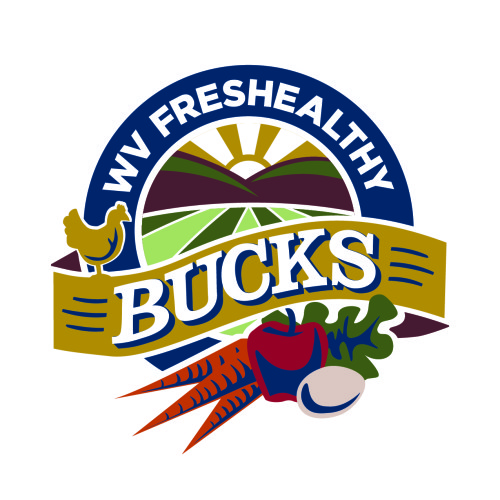
Another completely unjust proposal to SNAP policy is a requirement for drug testing of SNAP participants to receive their benefits. This would be discrimination at the highest level. In my 20 years of medicine I’ve witnessed 1000s of patients becoming addicted to drugs prescribed by physicians with little knowledge of the drug’s addictive potential and with no informed consent of the risks of the drug. Society now blames the patient for “abusing prescription drugs”. But wait, the patient took the medicine as prescribed and became one of millions now addicted to these medications with little hope of ever coming off- the addiction is that powerful. So should we punish this patient more whose life has been irreversible harmed in what may have started as a simple prescription for back pain? You decide.
If you are interested in food, disease reversal, and a community movement to create a healthier West Virginia join us March 10 at the Clarion 6pm for WV Low Carb Revolution Meeting #4. For more go to “Melanie’s Low Carb Journey” on Facebook.
Dr Mark Cucuzzella is a Professor of Family Medicine at West Virginia University School of Medicine
He is also the lead in WV Fresh Healthy Bucks and WV Low Carb Revolution
Press release reference for this story http://www.fns.usda.gov/pressrelease/2016/004516
Final thought- do not drink this or give to your kids for the St Patty’s Day season.

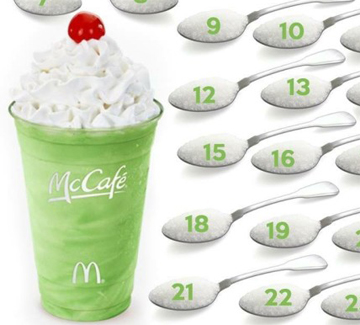
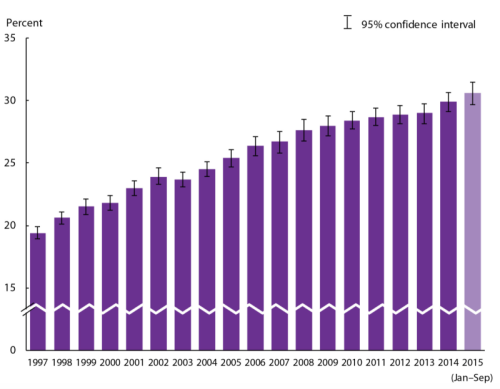
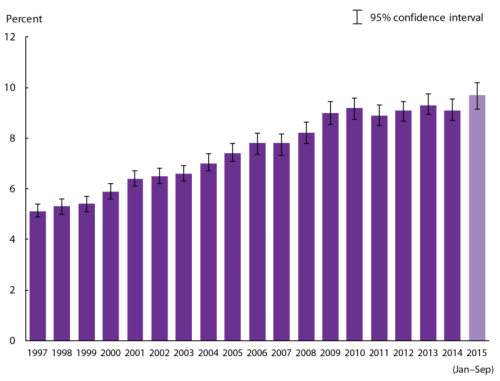
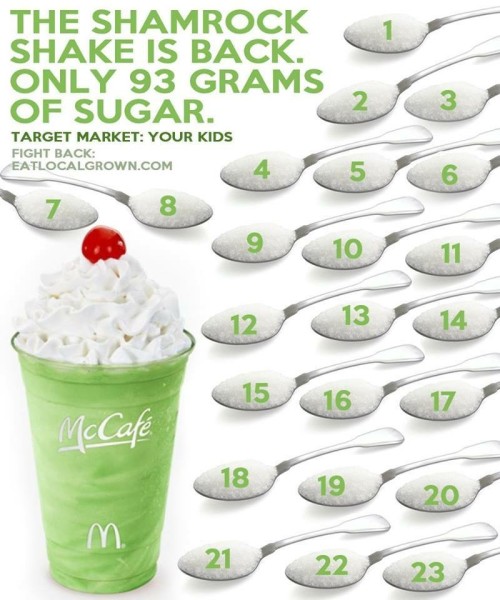
hi, thanks for this great article. I’ve been trying to lose weight for about 1 months and I’ve come to the conclusion that it all depends on eating healthy. I found this video that gave me a good diet plan, and I actually lost 28 pounds. All I did was follow the guide completely. If you want to view the video, here’s the link: https://www.youtube.com/watch?v=CFTR8xetNu4 I hope this can motivate people to lose some weight. Good luck!